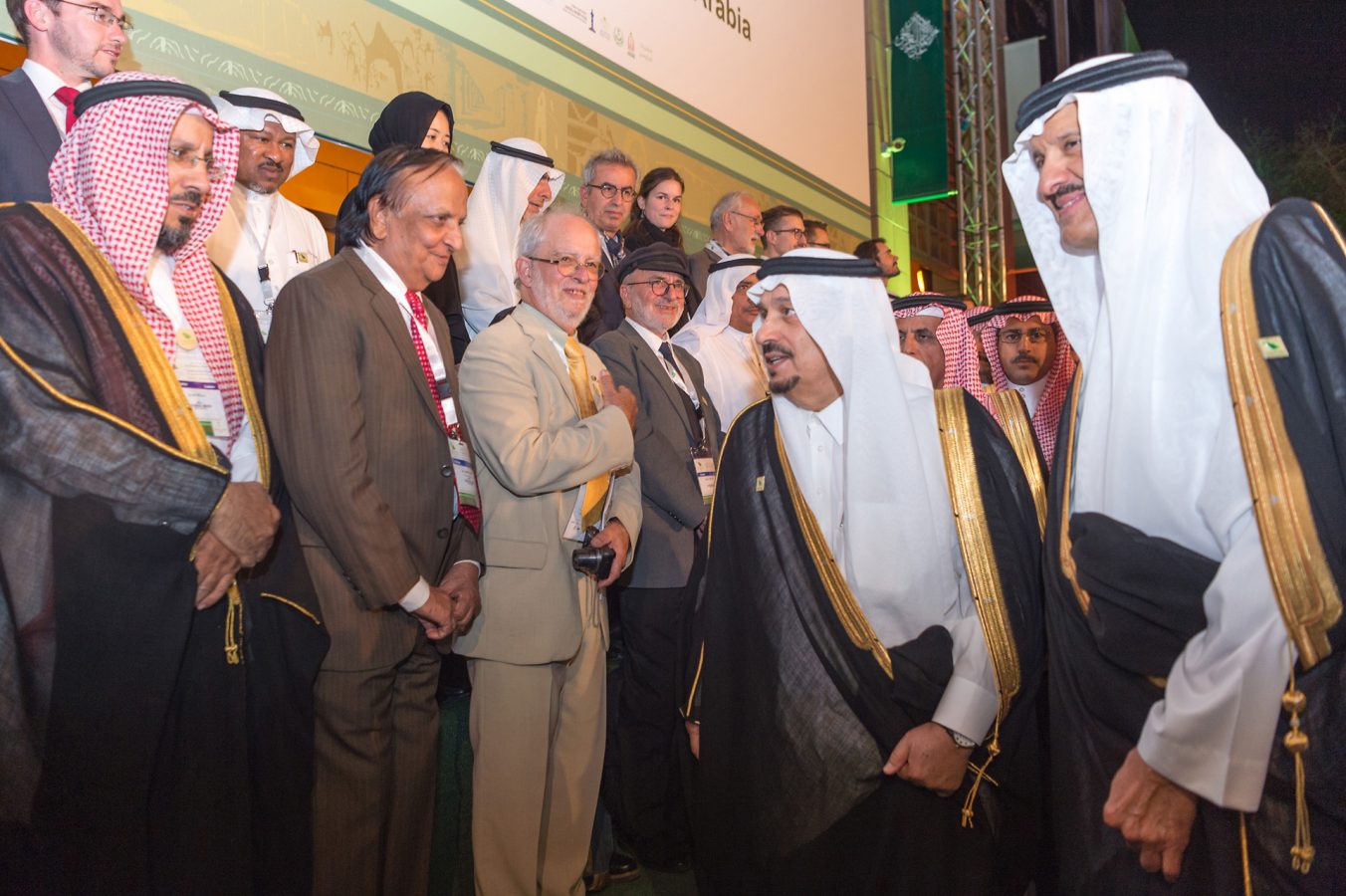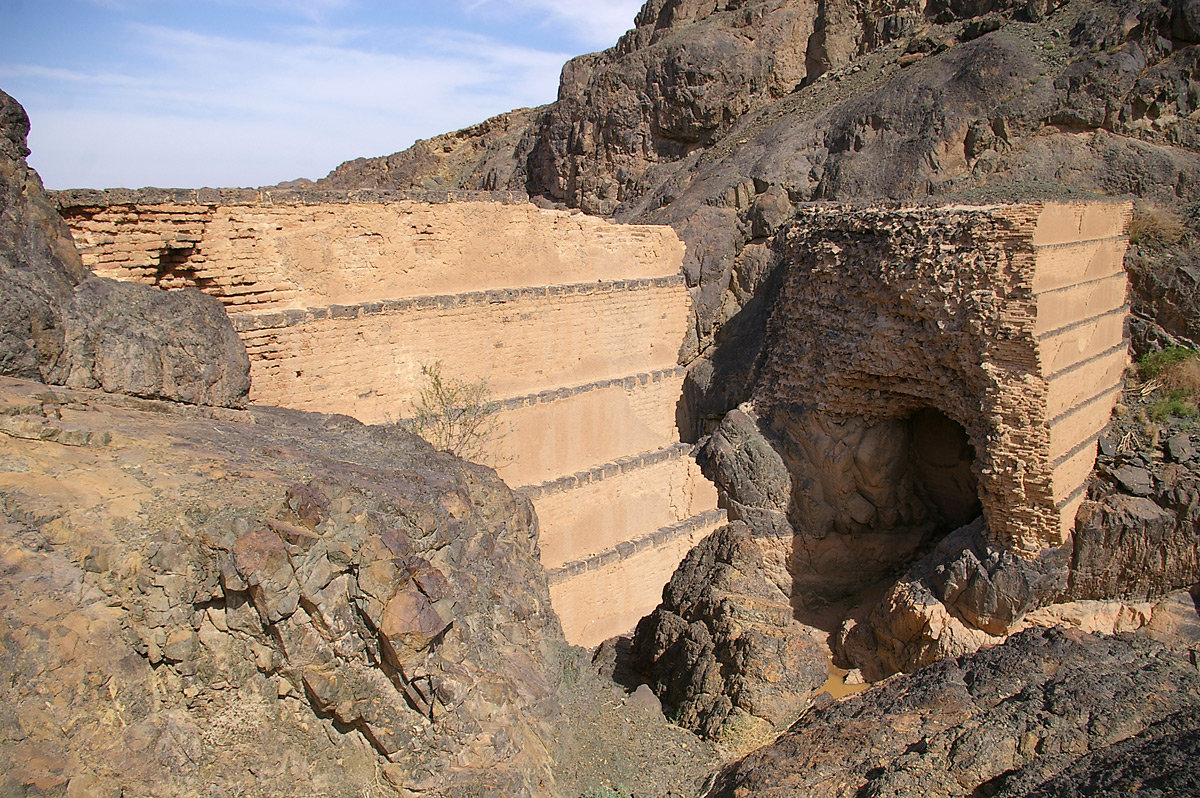1st Kingdom Saudi Arabia Forum

7-9 Novembre 2017 – Riyadh (Arabie Saoudite)
Le premier grand forum consacré à la culture et au patrimoine de la Péninsule Arabique va se tenir à Riyadh au début du mois de novembre 2017. Les recherches menées par les missions archéologiques françaises seront à l’honneur tout particulièrement celle consacrée par Ch. Darles à l’architecture des édifices liés à l’irrigation.
Lire le programme de la conférence
Photos prises à l’issue de la conférence, le Jeudi 9 Novembre 2017 :

A gauche le Prince Faycal bin Bander bin Abdullaziz, gouverneur de Riyadh, frère du roi Salman.
A droite, son neveu, le Prince Sultan bin Salman bin Abdullaziz,
président des Antiquités et du Tourisme (ancien astronaute en 1985), fils du roi Salman.
Communication de Christian Darles le Jeudi 9 Novembre en matinée :
Abstract
1st KSA Antiquities Forum
4th Subject: Pre-Islamic Antiquities in the Arabian Peninsula
Architecture and Transformation of the Landscape from Arabian Antiquity to Islam: Hydraulic Techniques and Building Procedures.
Author: Pr. Christian Darles
The landscape must be understood as a document to be read. It conveys messages and we must know how to understand them. It provides a representation with a visible cultural meaning. It is a sign which helps the observer to understand a space-time, that of an era, a culture, and a stage of civilization.
In the western mountains valleys of Saudi Arabia, human groups, kingdoms or tribes, managed to handle the drought of their lands. South-Arabian civilization was able to control the violent waters of floods in order to channel them, which allowed the creation of new fields and the increase of their thickness with the addition of fertile limes.
This civilization was skilled enough to capture the violent erupting waters in order to redirect them towards areas which had been prepared well in advance.
Whatever the dimension/size of occasional floods, the building techniques of hydraulic installations were identical and continued as such without major evolutions for more than a millennium. There lies the conception and repetition of a model. We have also many dams and hydraulic systems in the highlands of the south of the peninsula.
The typological study of those built structures cannot be separated from a constructive and architectural approach.
Through the examples of the hydraulic installations in Najran, in al-Tâ’if (inscription of Mu’âwiya), near Medina (two inscriptions of Mu’âwiya) and near Khaybar, this paper will endeavor first to establish a typological classification of built structures designed to control waters.
We think that these models could be compare to other examples in the Islamic world.
Then we hope to lay the foundations of a corpus of those structures.
August 2017
Lire le document d’information

Sadd Mu’awiyah
